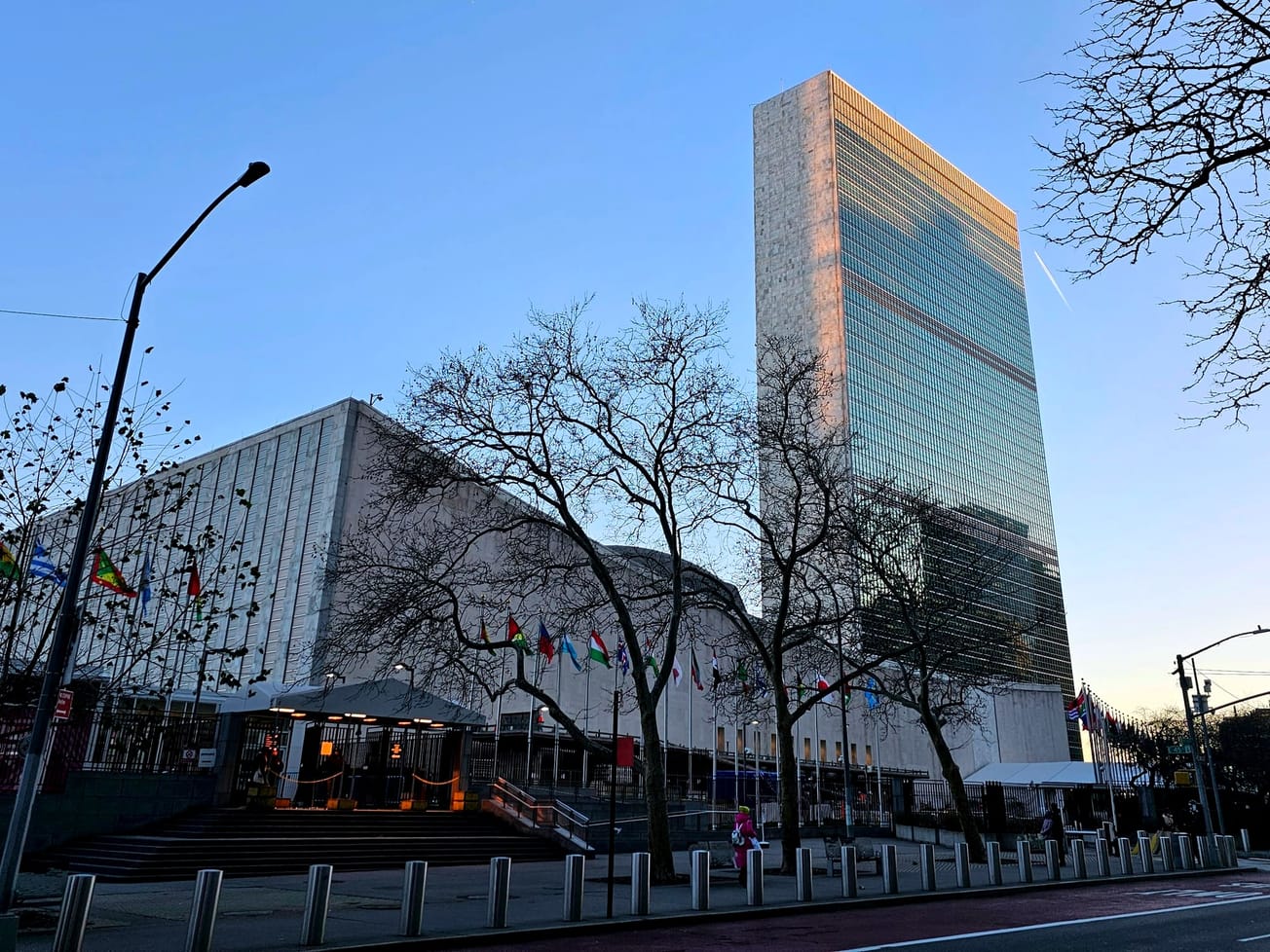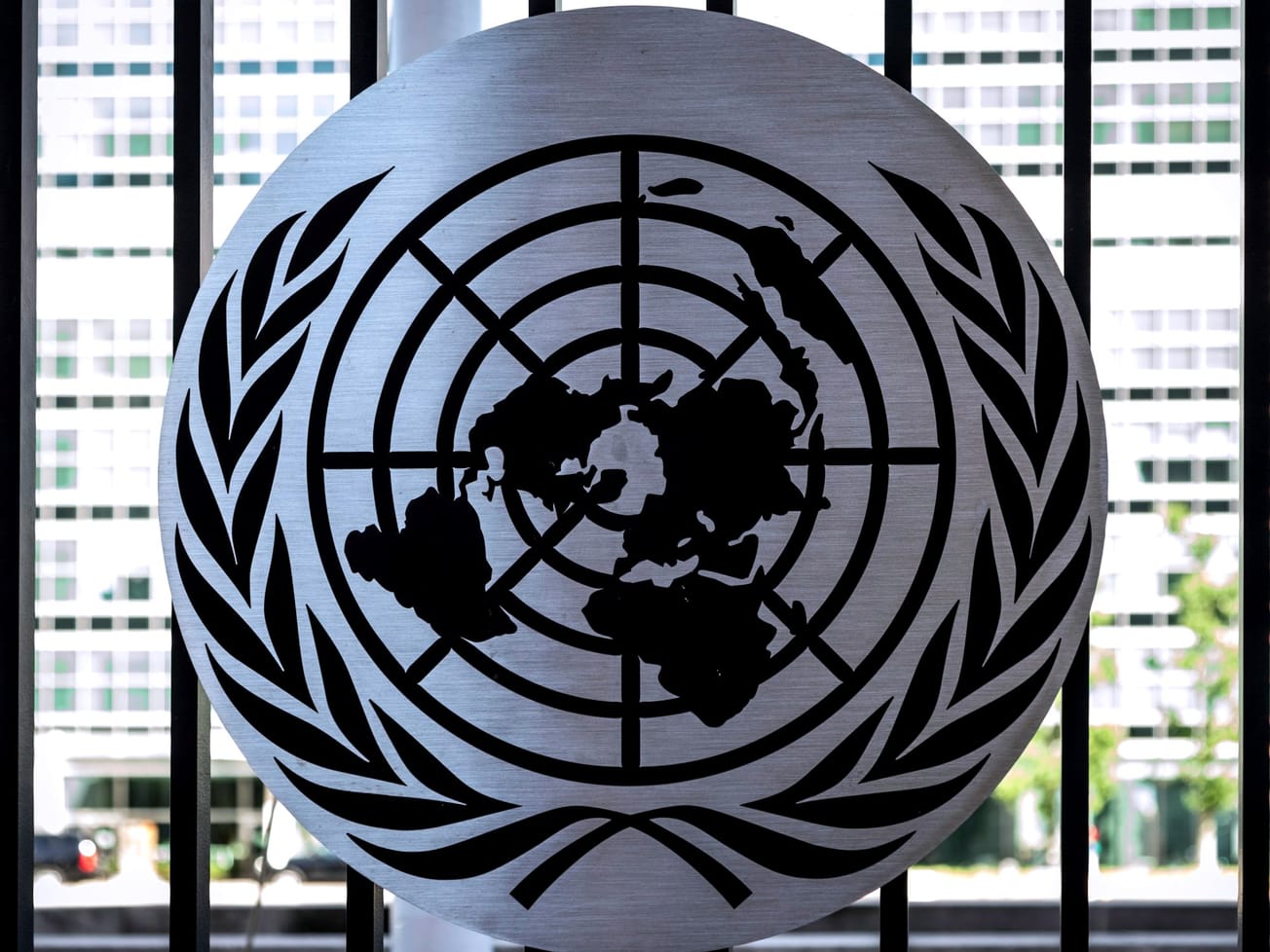WASHINGTON (AN) – Much of the developing world continued to fall farther behind and deeper into economic crisis last year as loan payments and ballooning interest rates siphoned scarce capital away from health care, education and other social needs and transferred it to the coffers of international bankers.
In its latest International Debt Report, the World Bank says that in 2022, as interest rates had their biggest surge in four decades, developing countries found themselves spending a record $443.5 billion to service their external public and publicly guaranteed debt.








